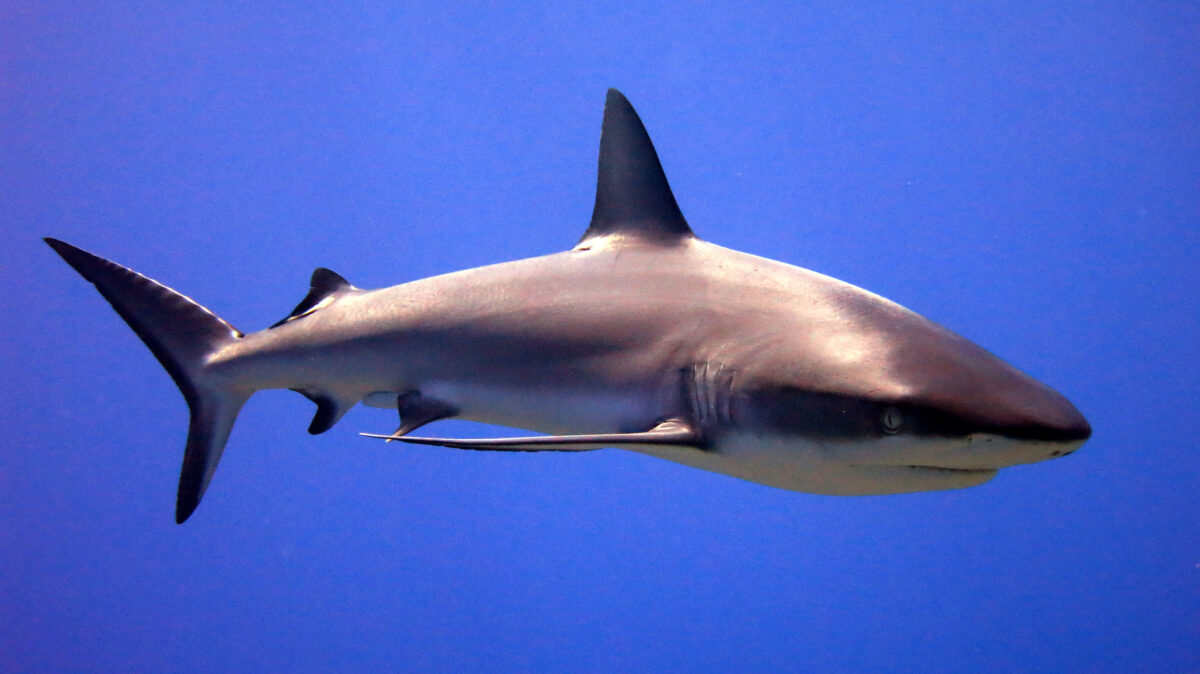Sharkskin on Airplanes

Companies often find themselves balancing the desire to cut emissions with the need to grow profits. For airlines, however, these goals can align perfectly. Reducing carbon emissions translates to burning less fuel, which also means spending less on fuel. This is why Lufthansa has adopted a strategy inspired by nature: applying a special film that mimics sharkskin to parts of its aircraft.
One of the biggest challenges is that jet fuel’s volumetric energy density—nearly 50 times higher than alternatives like hydrogen, ethanol, or lithium-ion batteries—makes it difficult to find a substitute that can power long-haul flights. While other forms of transportation can more easily switch to alternative fuels, aviation remains dependent on jet fuel, making decarbonization especially tough.
The aviation industry is exploring synthetic carbon fuels, but these come with their own set of issues. Biofuels can divert resources from food production, and direct air capture of carbon dioxide to convert into fuel is energy-intensive and expensive—potentially costing five times more than extracting oil from the ground. Moreover, direct air capture technology has yet to be scaled up to an industrial level.
Lufthansa is fitting four Boeing 777-200ER aircraft, operated by Austrian Airlines, with sharkskin-inspired technology, joining 17 other planes in their fleet (including a Lufthansa Boeing 747-400, 12 Swiss Boeing 777-200ERs, and four Lufthansa Cargo Boeing 777Fs) that already feature the AeroSHARK film.
The film will cover nearly 9,000 square feet (830 m²) of the planes’ surfaces, including the fuselage and engine nacelles. The AeroSHARK film is designed with 50-micron-thick riblets that mimic the scales of real sharkskin, reducing friction by minimizing turbulence in the boundary layer.
In sharks, this natural design reduces drag by about 10 percent compared to smooth skin, a principle that has also benefited Olympic swimmers. While the effect on aircraft is less dramatic, it is still expected to reduce fuel consumption by around 1 percent per flight. While 1 percent might not sound like a huge amount alone. However, in the long run, 1% really starts to add up.
Lufthansa aims to complete these upgrades by March next year.